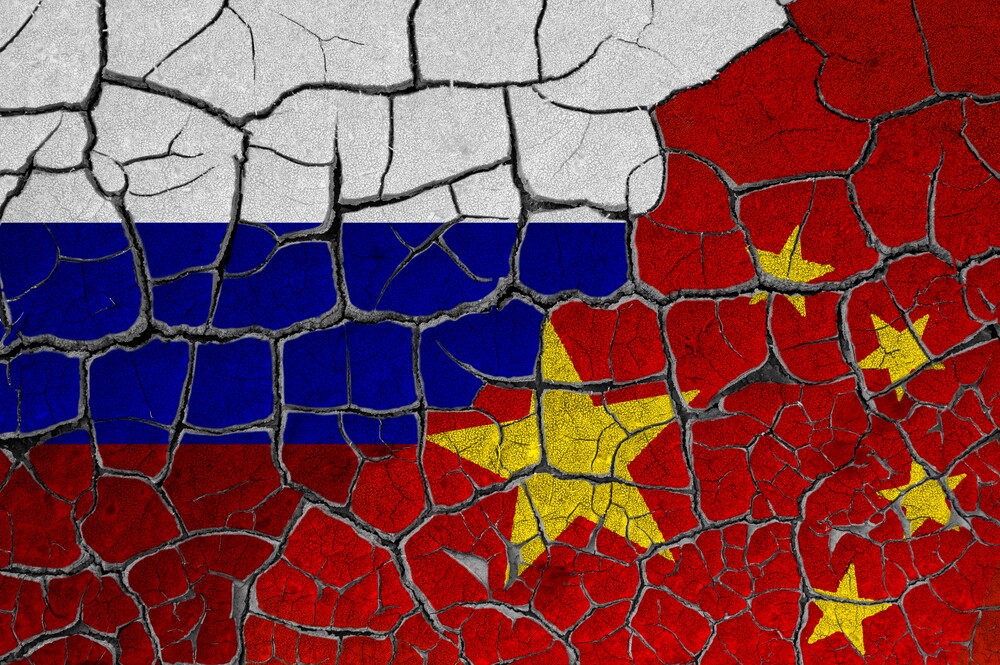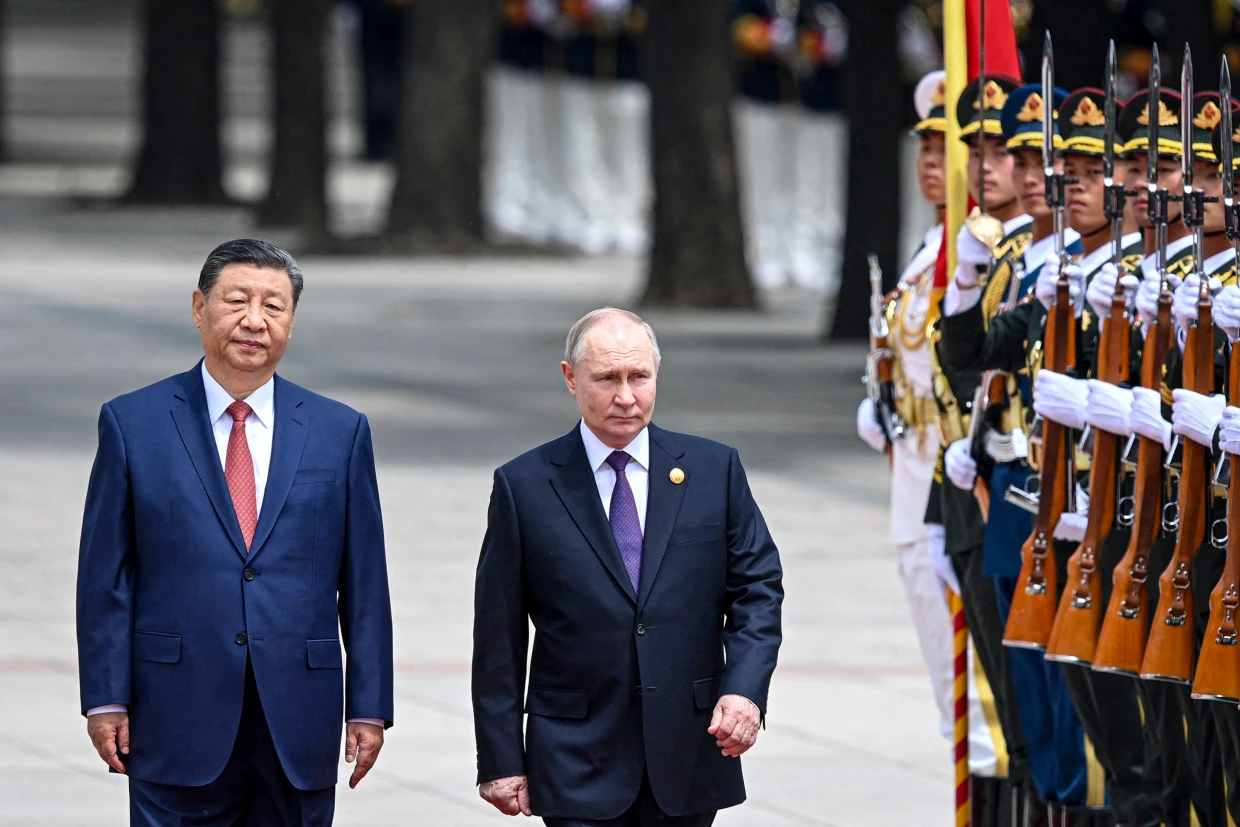Russian President Vladimir Putin's visit to Beijing on May 17 highlights the strong relationship between Russia and China, built on mutual suspicion of the West and growing Chinese imports of Russian oil and gas. Despite their public unity, underlying tensions could challenge this alliance. Central Asia is a potential point of friction, with Russia's historical influence conflicting with China's Belt and Road Initiative and economic investments., Energy Intelligence reports.

Analysts suggest that both countries will likely manage their rivalry to continue cooperation in security and defence while pursuing separate agendas.
Russia’s invasion of Ukraine in February 2022 increased anxieties across the five Central Asian nations, raising fears of future aggression. Nargis Kassenova, senior fellow and director of the Program on Central Asia at the Davis Center, notes that the war made Central Asian nations less comfortable with Russia as a regional power. In contrast, China is seen as reliable, as evidenced by a regional summit in China's Xian.
Temur Umarov from the Carnegie Russia Eurasia Center highlights that Russia and China prioritize maintaining their bilateral relationship over regional competition. Russia acts as a "regime security guarantor" for Central Asia, leveraging its ties with regional authoritarian leaders, a role China cannot fully replicate.

Kazakhstan, which shares a border with Russia and has a Russian minority, balances its relations with Moscow and Beijing. China is one of the largest foreign investor in Kazakhstan, with China National Petroleum Corp. (CNPC) playing a significant role. Russia influences Kazakhstan through its control of the Caspian Pipeline Consortium, essential for Kazakhstan's oil exports to the Black Sea.
Kazakhstan navigates the competing interests of Russia and China cautiously. Observers note Kazakhstan's ties with China, highlighted by President Xi Jinping's visit to Kazakhstan's Astana, after the COVID-19 pandemic. China imports Kazakh crude oil via a pipeline from the Caspian Sea to its border, though the volumes are less than those transiting through Russia.
The Central Asia-China gas pipeline network is China's key regional asset. Comprising three parallel lines—A, B, and C—the pipeline runs from Turkmenistan through Uzbekistan and Kazakhstan to China's Xinjiang province, with a combined capacity of 55 bn m³ per year. Since 2009, these pipelines increased gas imports from Turkmenistan, which has the world's largest onshore gas reservoir, Galkynysh.

China views Turkmenistan as a reliable gas supplier and strategic ally, with long-term contracts for gas imports. CNPC plans to construct a new Line D pipeline, following a shorter route across Uzbekistan, Tajikistan, and Kyrgyzstan, strengthening economic ties with these countries.
Facing decreased gas exports to Europe and sanctions limiting LNG output, Russia aims to expand supplies to China. The Power of Siberia 1 pipeline is expected to reach its peak volume of 38 bn m³ per year by 2025, potentially making Russia China's largest gas supplier.
Gazprom, supported by the Russian government, advocates for the Power of Siberia 2 pipeline, which could increase total capacity to 100 bn m³ per year. However, China's interest in diversifying its gas import sources—evidenced by long-term LNG deals with Qatar—raises questions about the need for increased imports from Russia and Turkmenistan to meet future demand.
Follow Daryo's official Instagram and Twitter pages to keep current on world news.
Comments (0)